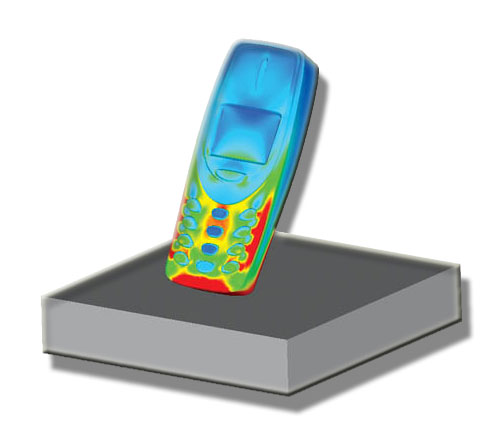
The vast majority of mechanical design is based on static or equivalent static loading; that is, loading which doesn't vary with time, therefore allowing the effects of momentum to be neglected. There are numerous applications however, in which it is necessary to consider cases with either short duration transient loading or impacts.
Typical applications include:
* Product Drop Test Qualification
* In-Vehicle Crash Test Qualification
* Catastrophic Failure Cases & Fault Loading
* Passively Safe Structure Design
* Impact Protection
* Explosion Protection
Numerous techniques are available to consider transient and impact loading depending on the duration of the loading event and the extent of the resulting deformation. These simulations are highly complex and time consuming. In many cases however, the engineering data obtained from such simulations is of higher value than that obtained from experimental testing due to the level of design insight which can be extracted from the model which is not possible from physical testing.
As with all forms of FEA impact analysis and crash analysis allows comprehensive, automated, multi-point optimisation of designs. This process allows engineers to either manually or automatically optimise a design to a given set of performance parameters and can be used to balance static structural and dynamic structural performance to given targets.
The most common applications for advanced transient, crash or impact analysis are:
* De-Risking Expensive Test Runs
* Evaluating the Performance for un-testable Scenarios
* Conducting Advanced Structural-Dynamic Design